5 Mouth-Watering Summer Tudor Recipes Not to be Missed!
July is the month when people in Tudor England picked fresh strawberries, cherries, plums and gooseberries. Only strawberries and cherries were eaten raw. Plums and gooseberries were cooked. It is safe to assume that raspberries were enjoyed fresh too, as there aren’t any surviving English recipes for cooking raspberries.
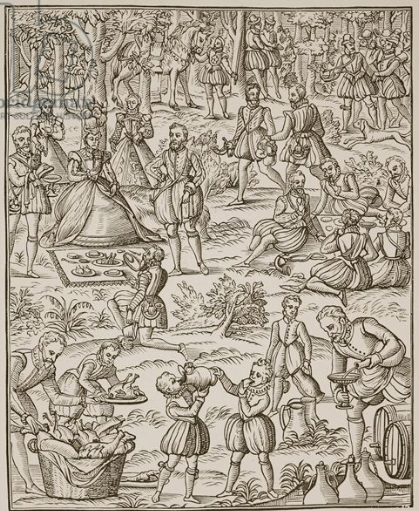
The combination of young, wealthy men going off exploring Europe (The Grand Tour), the arrival of new, exotic food and cheaper sugar resources from the New World, were all combining to create a novel interest in foreign recipes and al fresco dining.
So, with this in mind, this month we are going on a fruit-based, outdoor dining spree across Europe, tasting our way through sixteenth-century Europe, combining the Tudors’ love for outdoor eating with our twenty-first-century passion for fruity desserts and BBQ’s!
The chosen recipes feature those aimed at the more adventurous cook, together with some straightforward ones for those with little time or experience.
Happy culinary time travelling!
Summer Tudor Recipe #1: Strawberye
The first of our summer Tudor recipes come from two fifteenth-century books, or Harleian MS 279. It is a modernised transcript from Take a Thousand Eggs or More, by Cindy Renfrow. There is a second, identical one in How to Milk an Almond, Stuff an Egg and Armor a Turnip, by David Friedman & Elizabeth Cook.
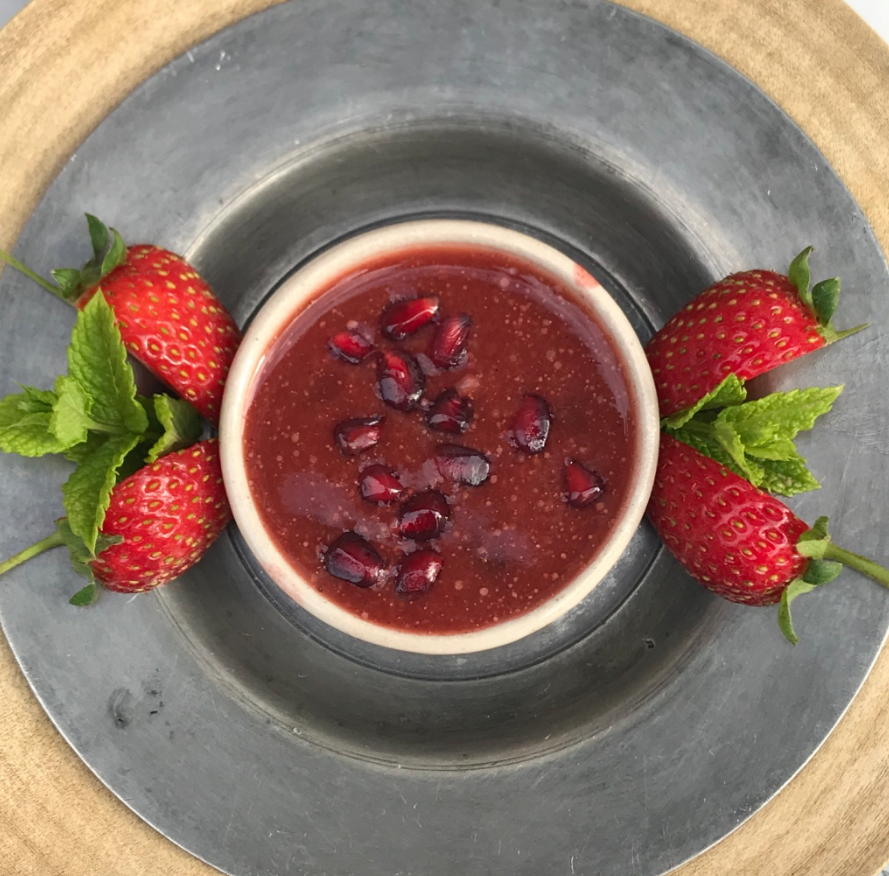
This dish is a spicy, thick strawberry dessert.
1 cup of red wine
1 pound of fresh or frozen strawberries
1 cup of almond milk
½ cup currants
2 tablespoons rice flour
½ a cup of sugar
Dash of (white) pepper – (I used long pepper)
2 teaspoons ginger powder
1 teaspoon cinnamon
½ teaspoon galingale
4 tablespoons red wine vinegar
1 tablespoon butter or lard
pinch of saffron
pomegranate seeds
In a blender, combine strawberries, wine and almond milk. Blend until smooth. Pour blended mixture into a saucepan and bring to the boil. Add rice flour and stir until mixture thickens slightly. Then add currants, red wine vinegar, butter and spices and stir over medium heat for about 5 minutes. Spoon hot sauce into a saucer and garnish with pomegranate seeds. Makes approximately 4 cups, serving 8 to 10 people.
The sauce can be used to accompany grilled chicken or eaten as a refreshing dessert.
Original version: Harleian MS 279 – Potage Dyvers 123.
‘Take strawberries, & wash them in time of year in good red wine; then strain through cloth, & put them in a pot with good almond milk, mix it with white flour or with the flour of rice, & make it thick and let it boil, and put therein Raisins of Corinth, saffron, pepper, and sugar great plenty, powdered ginger, cinnamon, galingale; point it with vinegar, & a little white grease put thereto; colour with Alkanet & drop it about, plant it with the grains of pomegranate, & then serve it forth.
Strawberries in medieval England and the sixteenth-century would have been much smaller – very much like the ‘wild’ strawberries you see today. The larger varieties we are familiar are a seventeenth-century introduction from the Americas.
Galangal ( Alpinia galangal) was very popular in medieval cooking and became very common in the fourteenth-century, but it was used in Europe from the ninth-century. It is native to Indonesia and China and has a husky, pungent but sweet flavour, similar to ginger.
Summer Tudor Recipe #2: Conserved Cherries in Jelly
Bartolomeo Scappi was the chef to several popes and wrote the monumental ‘Opera’ (=works), which is considered the first, modern cookbook. It includes directions for shopping, full menus, extremely detailed recipes and illustrations. Cherries are the heart of this, our next of our summer Tudor recipes.
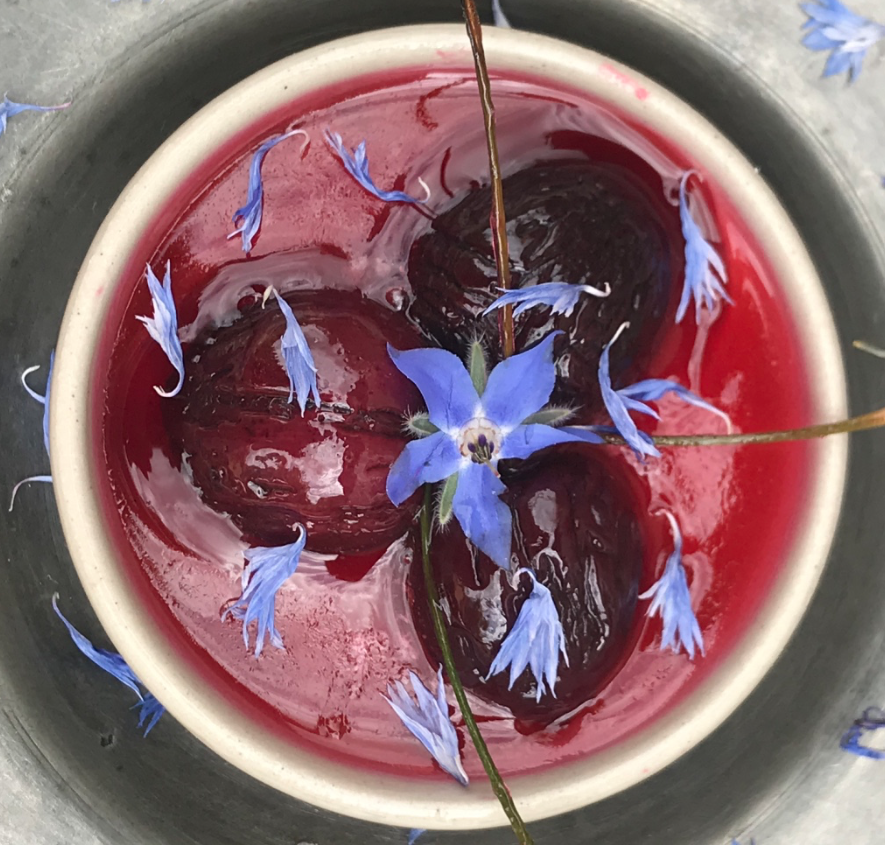
This translated version comes from ‘Cooking in Europe 1250-1650’.
‘Take ten pounds of fresh marasche cherries or visciole, picked that day, that have not been bruised. Leave the stem in the middle and gather them into bundles of ten. Get a casserole with a pound of clear water and place in these cherries and as they begin to scald, add ten pounds of fine sugar pounded and sieved and let it boil very gently, skimming with a spoon. When the cherries split, and everything is coloured remove them and put them on a plate to dry, and let the liquid boil by itself, until it becomes cooked, not forgetting however to skim it. Test it on a plate, when it forms a little ball that doesn’t spread out, remove from the fire. Pour out the cherry solids into cups or silver plates with the tepid liquid over and put it in a cool place to congeal. In this same way, you can make sour cherries, and in the same liquid, you can cook fresh damson plums’.
Note: Marasco cherries are a dark, sweet variety similar to morellos. Visciola cherries are sour cherries.
It is not clear why he suggests gathering the cherries into bundles of ten. Because this is an original recipe, it still includes the process of pounding and sieving the sugar. This conserve was eaten as a starter or dessert. It was not consumed on toast, as we are familiar with today.
Summer Recipe #3: Plum Tart
German, 16th century: Sabina Welserin no. 70. This sumptuous version of the third of our summer Tudor recipes comes from How to Milk an Almond, Stuff an Egg and Armor a Turnip.
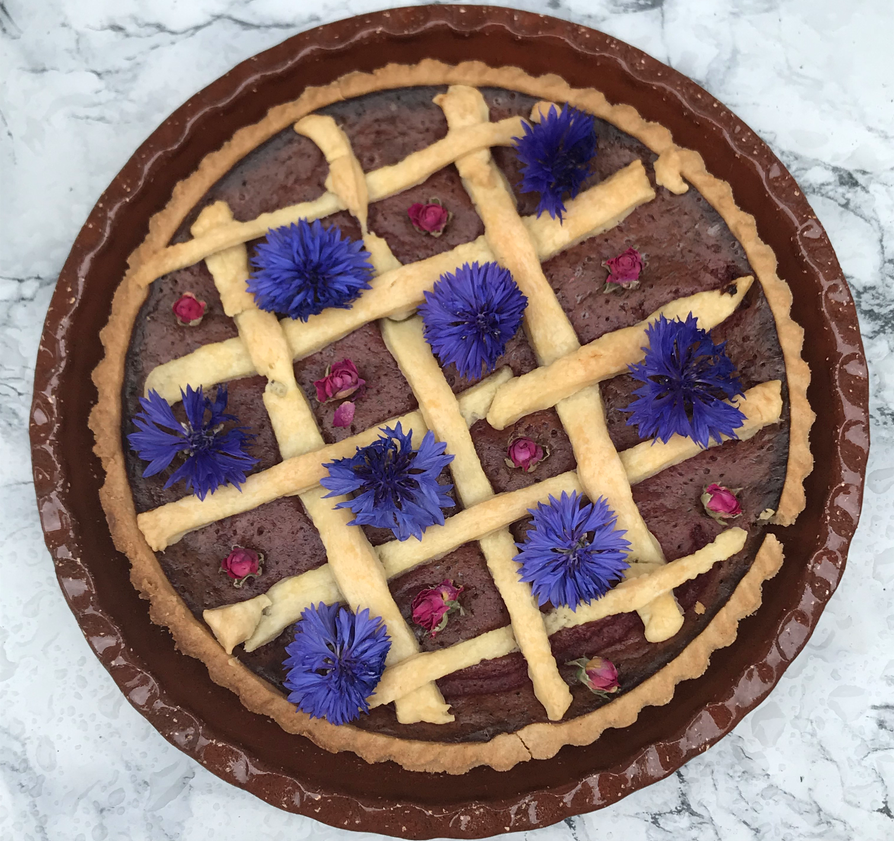
¾ lb prunes or plums
1 ½ cups of red wine
4 eggs
1 Tablespoon sugar
1 teaspoon cinnamon
1 ¼ cups flour ( or use a ready-made shortcrust pie case )
Simmer the prunes/plums in the wine for about 40 mins until they are quite soft. Remove the pits, force them through a strainer (Or use a food blender). Then add eggs, sugar and cinnamon. Make a shortcrust dough, or use a ready-made pie crust case. Fill with fruit paste. Cover with a lattice made out of dough strips — Bake at medium heat for about 40 mins.
Summer Tudor Recipe #4: Grilled Mackerel
From Le Menagier de Paris (196), 1393. This Modernised, translated version comes from The Medieval Kitchen: Recipes from France and Italy.
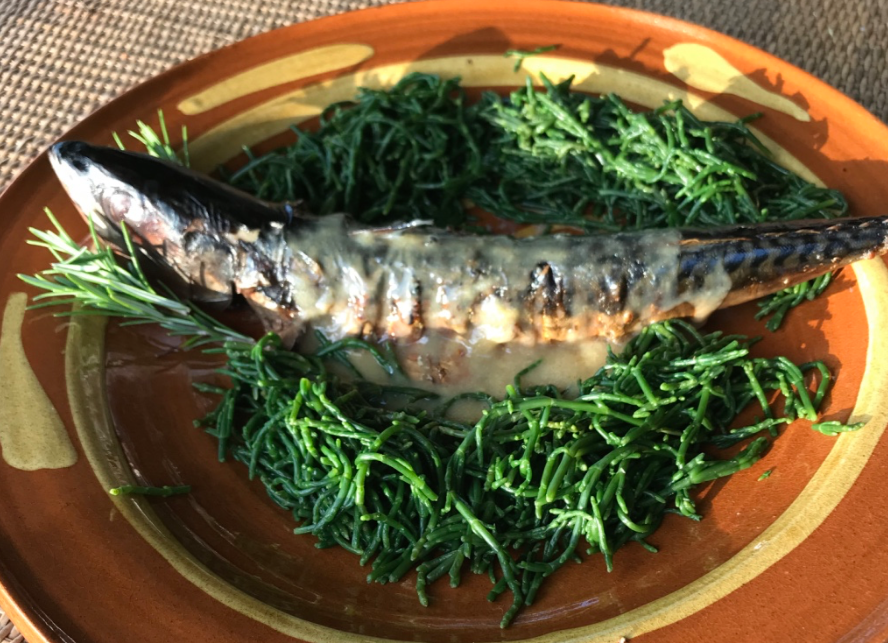
4 fresh medium-sized mackerel, cleaned, washed and thoroughly dried. Prepare the sauce. Salt the fish and grill them (on the BBQ) about 7 inches from the heat and about 7-8 minutes on each side. Serve with the prepared sauce.
Cameline sauce :
½ slice of country bread
1 ¼ cups white wine
½ teaspoon of ground ginger
a few threads of saffron ( pounded)
1/8 teaspoon freshly grated nutmeg
2 -3 teaspoons light brown sugar
salt
Cut up the bread and leave it to soak in 1 cup of water. Stir the wine into the spices. When the bread softens, squeeze out excess water and mash with a fork then stir in the spiced wine mixture. Press through a sieve into a nonreactive saucepan. Bring to the boil and simmer for a few minutes until the sauce thickens. Add the salt and brown sugar to taste. Serve with the grilled mackerel.
Summer Recipe #5: Candied Goos-berries
A Closet for Ladies and Gentlewomen, 1602. This version of our fifth and final summer Tudor recipe comes from The Tudor Cookbook, by Terry Breverton.
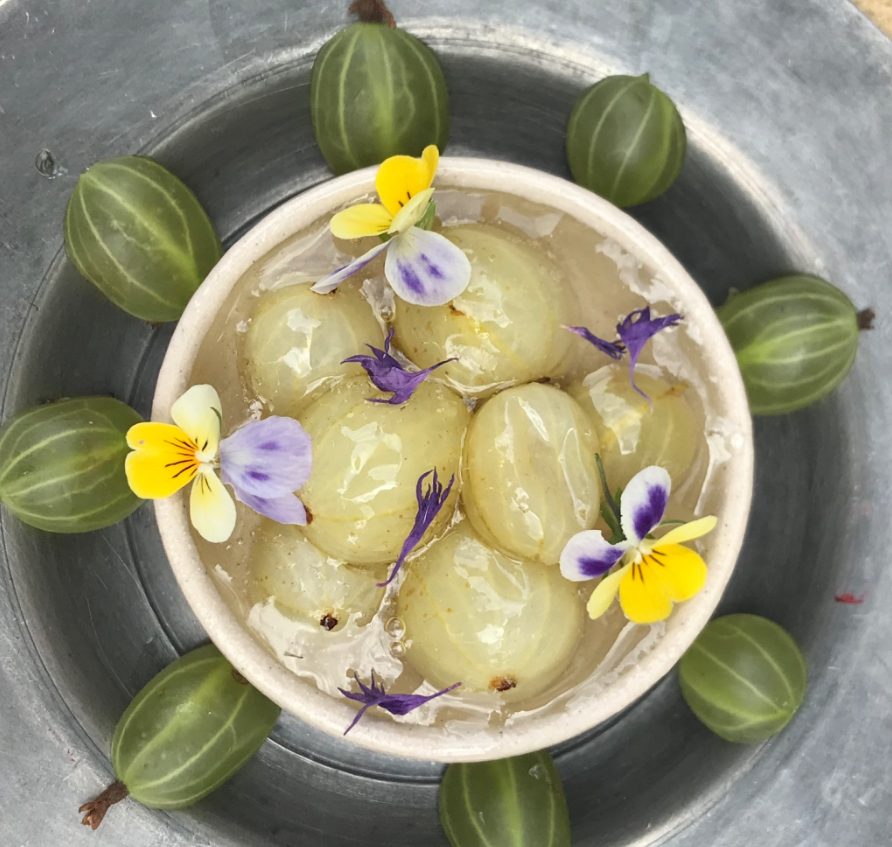
‘To Candy Goos-berries. Take your fairest berries, but they must not be too ripe, for then they will not be so good, and with a linen cloth wipe them clean. And pick off all the stalks from them, and weigh them. To every ounce of berries, you must take 2 ounces of sugar and half an ounce of sugar-candy. And dissolve them in an ounce or two of rosewater, and so boil them up to the height of Manus Christi. When it is come to its perfect height, let it cool and then put in your berries, for if you put them in hot, they will shrink, and so stir them around with a wooden spatter (spatula), till they be candied. And thus put them up and keep them.’
We hope you have enjoyed this month’s Great Tudor Bake Off with these 5 vibrant, summer Tudor recipes. For some of our other seasonal favourites, you can read about our Tudor recipes for Easter here.
 Each month, our Tudor recipe is contributed by Brigitte Webster. Brigitte runs the ‘Tudor and 17th Century Experience‘. She turned her passion for early English history into a business and opened a living history guesthouse, where people step back in time and totally immerse themselves in Tudor history by sleeping in Tudor beds, eating and drinking authentic, Tudor recipes. She also provides her guests with Tudor entertainment. She loves re-creating Tudor food and gardens and researching Tudor furniture.
Each month, our Tudor recipe is contributed by Brigitte Webster. Brigitte runs the ‘Tudor and 17th Century Experience‘. She turned her passion for early English history into a business and opened a living history guesthouse, where people step back in time and totally immerse themselves in Tudor history by sleeping in Tudor beds, eating and drinking authentic, Tudor recipes. She also provides her guests with Tudor entertainment. She loves re-creating Tudor food and gardens and researching Tudor furniture.
Further Reading
How to Milk an Almond, Stuff an Egg and armour a Turnip
Cooking in Europe 1250-1650, by Ken Albala
The Medieval Kitchen, Recipes from France & Italy, by Odile Redon, Francoise Sabban & Silvano Serventi
The Tudor Cookbook by Terry Breverton
The Goodman of Paris (Le Menagier de Paris), The Folio Society, 1992.
The Opera of Bartolomeo Scappi, translated by Terence Scully
Two Fifteenth-Century Cookery Books ( Thomas Austin )
Take a Thousand eggs or more, (Cindy Renford) – A translation of medieval recipes from Harlan MS. 279, Harlan MS. 4016

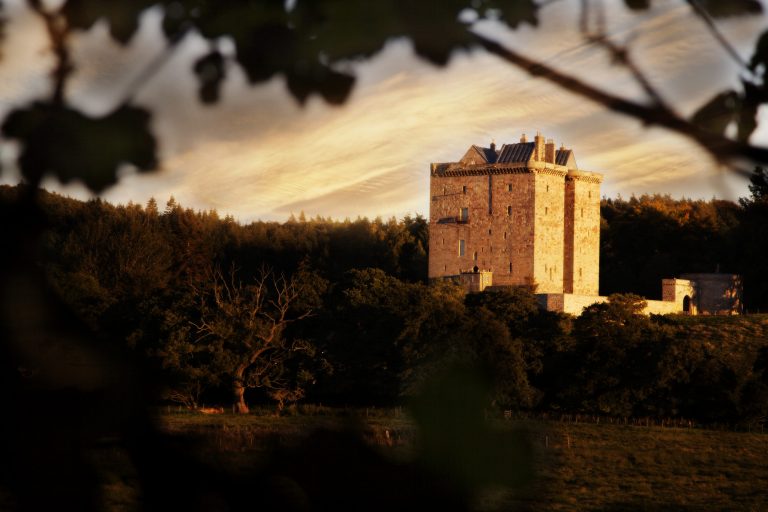
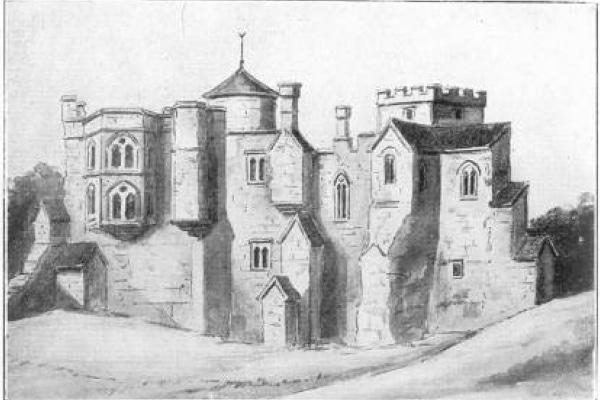
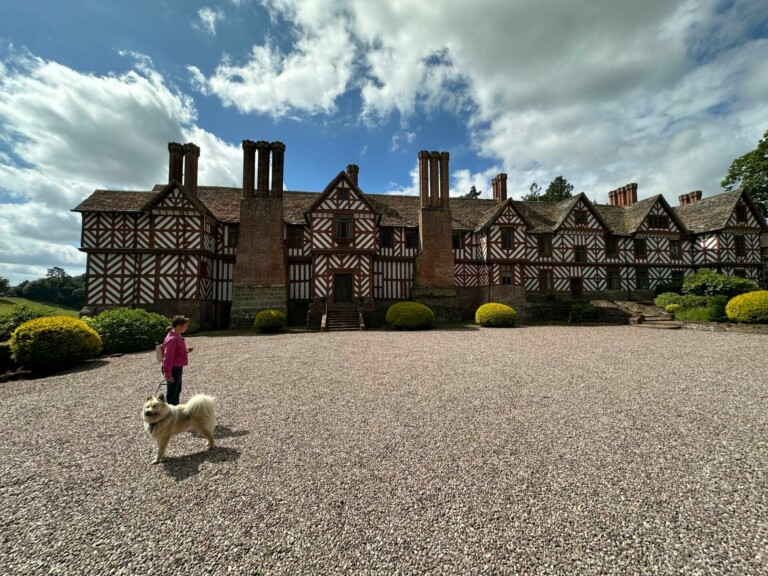
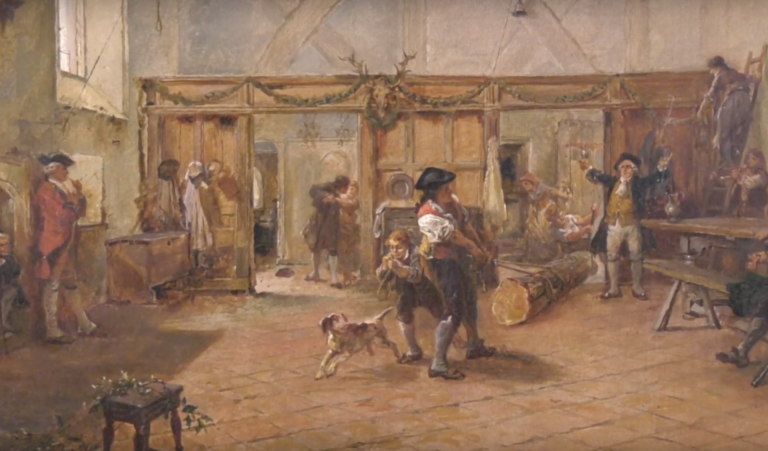
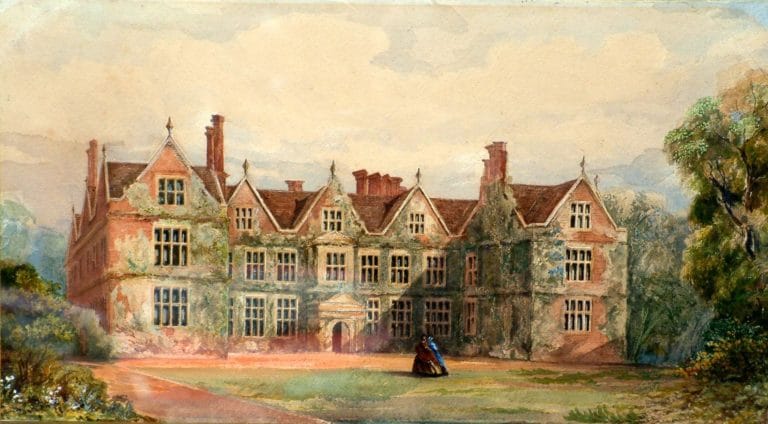

Such a fun post!!! Love that you have pics with the recipes!
Thanks! So glad you like them. Let me know if you try any. : )
I will let you know!’
Love the recipies. So pretty, especialy the Plum Tart.